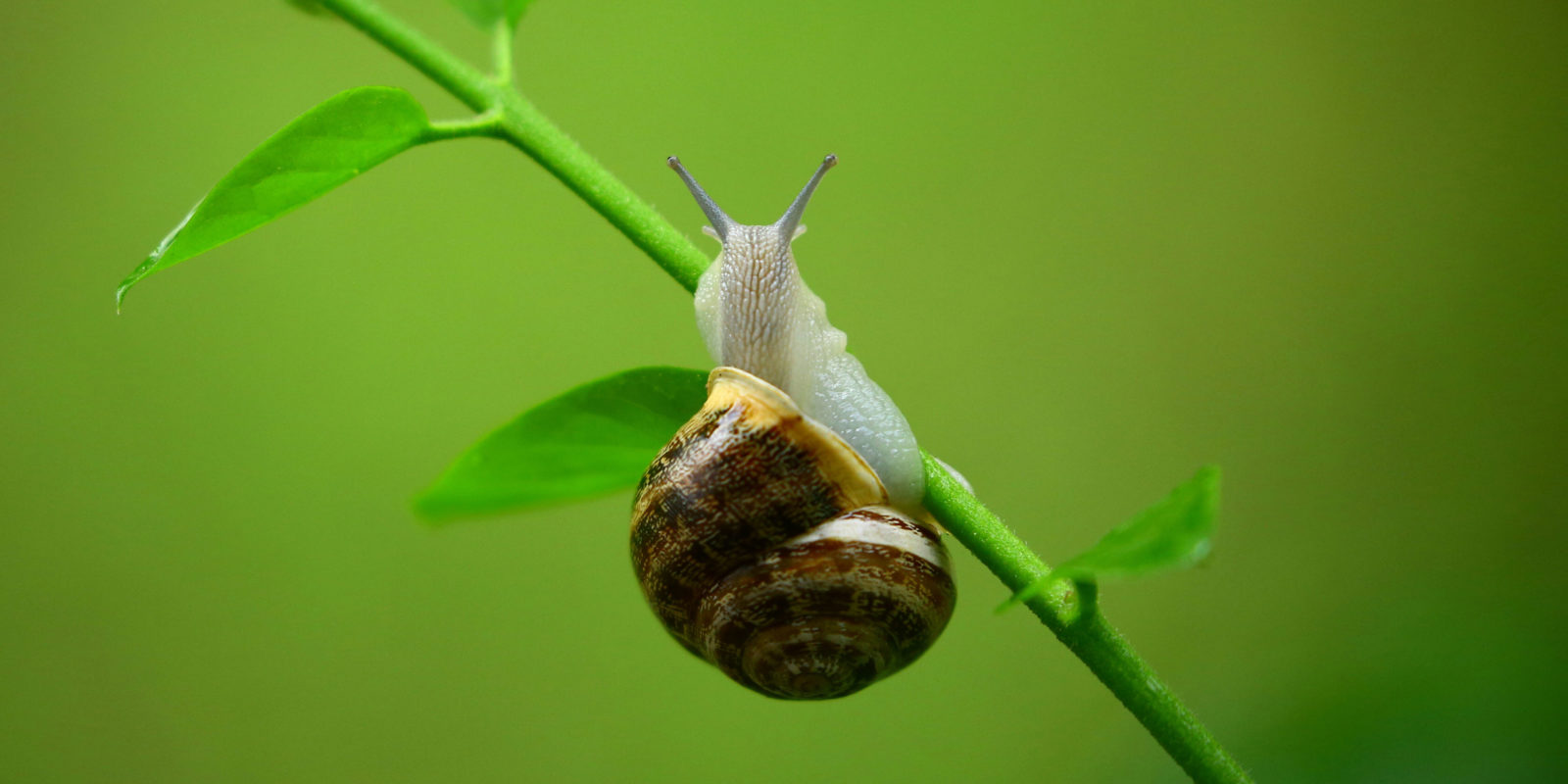
Gentle Pest Controls
Common garden pests and safe, effective remedies.

Daniyal Ghanavati/Pexels
Hot weather means one thing: Pests and diseases are out in force, ready to attack foliage and flowers. Before you reach for a chemical arsenal, consider this: A cautious approach makes sense for the overall health of your garden, not to mention the children and pets who play there.
First, check the plants’ growing conditions―healthy, vigorous plants are better equipped to resist pests and diseases. Make sure your plants have plenty of room to grow, the correct amount of light (sun or shade), and sufficient air circulation.
Then, ask yourself if the soil is healthy. Flowers and vegetables thrive in well-amended soil with plenty of compost. Trees and shrubs don’t need soil amendments, but covering the soil around them with an organic mulch such as bark chips helps keep the roots cool and encourages beneficial organisms in the soil.
Make sure your plant is receiving the amount of water it needs, as water-stressed plants are weak and susceptible to attack. The best time to water is early in the morning, before it gets too hot.
If good care isn’t enough to keep insects or diseases at bay, identify the problem then choose the correct control method from the information below. And before you reach for that Dr. Doom, give these methods a chance to work, because indiscriminate spraying harms benficial bugs, too.
Beneficial Insects
Ladybugs, green lacewings, and other “good” bugs can keep aphids, scales, and other “bad” bugs in check. Encourage them to stay in the garden by setting out plants to feed and shelter them. To get the most bang for your buck, try mixing annuals and perennials that bloom over a long season. Favorites of beneficial insects include coreopsis, corn cockle, cosmos, sweet alyssum, and yarrow. Spider mites, meanwhile, are hard to detect if you don’t know what to look for because they’re so small. Your leaves may be spotting or yellowing, and tiny specks can be found on the underside of leaves. One telltale sign is the small bits of webbing these mites leave to shelter their eggs. If your plants have mites, you can try spraying them with a hard setting on your garden hose, or use a bug blaster. Another way is to introduce beneficial mites, which could take care of the problem naturally.
One way to be certain that beneficial insects inhabit your garden is to introduce them yourself. You can order them on-line from Natural Pest Controls and Nature’s Good Guys.
Other Earth-Friendly Solutions
Aphids, Mites, Scales, and Whiteflies
Commercial product: Insecticidal soap spray (such as Safer), or horticultural oil.
Home remedy: Homemade soap spray (add ½ teaspoon mild dish soap and 1 teaspoon cooking oil to a 1-quart sprayer filled with water).
Slugs and Snails
Commercial product: Iron phosphate (Sluggo, Escar-Go!, Worry Free Slug and Snail), copper barrier.
Home remedy: Handpick at night. Apply coarse sand.
Ants
Commercial product: Citrus spray (Orange Guard, Bugs ‘R’ Gone), boric acid baits, sticky barrier (Tanglefoot).
Home remedy: Caulk entry cracks. Wipe up trails with soap and water.
Powdery Mildews, Blackspot, and Rusts
Commercial product: Lime sulfur (calcium polysulfide); effective against powdery mildews and rusts.
Home remedy: Baking soda spray (mix 1 teaspoon baking soda and 1 teaspoon horticultural oil in 1 gallon of water); effective against blackspot and powdery mildews.
